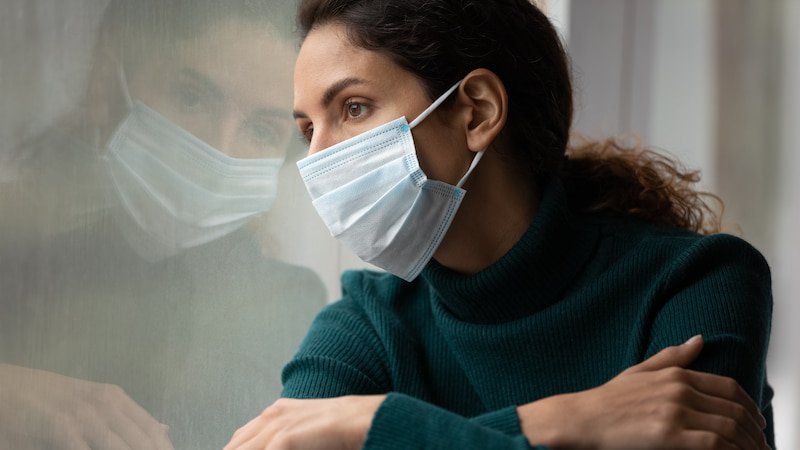Clinically Extremely Vulnerable - Change in Guidance

With the Government publishing its cautious road map out of national restrictions and Covid cases falling, on 17 March 2021 the Government wrote to the clinically extremely vulnerable once more with a significant change to guidance.
New advice from 1 April
From 1 April 2021, clinically extremely vulnerable people will no longer be advised to shield – a welcome relief for many no doubt, but others will legitimately continue to have concerns for their health. The Government’s advice is caveated with advice to limit social contact and maintain social distancing where possible.
The clinically extremely will no longer be entitled to statutory sick pay to shield. So, what does this now mean for employers and employees? There is a clear message that if it is possible to work from home, then this must continue. So, there is no real change for the clinically extremely vulnerable if they have been working from home while shielding to date. However, if it is not possible to work from home and employees can no longer receive statutory sick pay to remain at home, then we are looking at the most vulnerable potentially returning to the workplace from 1 April. Indeed, the Government advises that those who cannot work from home should attend the workplace. This throws up a lot of issues for employers to consider.
Making sure the workplace is Covid 19 secure
As an employer you have a duty to take steps to reduce the risk of exposure to Covid 19 and to make the workplace as safe as possible. If your workplace is open, you will have communicated to your employees the measures you have put in place to reassure them that you are doing everything possible to keep them safe. Now is a good time to revisit these measures if you potentially have clinically extremely vulnerable employees returning to the workplace for the first time in 12 months. Make sure that staff are complying with social distancing rules, and rules on handwashing, cleaning and PPE. Consider whether to introduce regular testing for your employees and/or a vaccine policy encouraging staff to be vaccinated. You could also consider whether to undertake a separate risk assessment specifically for protecting vulnerable workers. In any event, make sure you discuss any concerns your clinically extremely vulnerable employees may have about returning to the workplace. The HSE has published guidance on this very issue, which can be found here. It is also worth considering whether your clinically extremely vulnerable employees could be disabled under the Equality Act 2010. If so, you may wish to involve Occupational Health to ascertain whether you need to make reasonable adjustments to assist their return to work.
What about the furlough scheme?
The Chancellor has extended the coronavirus job retention scheme until 30 September 2021. The Government’s letter to the clinically extremely vulnerable says that they may continue to be eligible for furlough until 30 September, even when shielding is paused, provided their employer agrees. Employers can therefore continue to furlough clinically extremely vulnerable employees and should consider this option, particularly for staff who remain concerned about returning to the workplace on health grounds.
What if an employee refuses to return?
This is an extremely difficult situation for employers. It is important to open a dialogue now with employees about returning to the workplace and listen to their concerns. Hopefully, you can address these in order to make them feel comfortable about returning to work. However, if you find yourself in a situation where an employee is a refusing to come back to work, even though you have taken steps to make the workplace Covid-secure, this could arguably amount to a failure to follow a reasonable management instruction justifying disciplinary action. However, you would need to approach this with extreme caution and look at each case on its own facts. An employee could argue that they are not returning to work on health and safety grounds and that any subsequent dismissal for refusing to return would be automatically unfair. They could also be covered under the Equality Act 2010 and argue that any detrimental treatment or dismissal is discriminatory. It is best look for alternatives before turning to disciplinary action, for example agreeing a period of unpaid leave or using holiday until the employee has received both vaccines or continuing with furlough. As always, we recommend seeking legal advice on a specific situation before taking any action.
The articles published on this website, current at the date of publication, are for reference purposes only. They do not constitute legal advice and should not be relied upon as such. Specific legal advice about your own circumstances should always be sought separately before taking any action.

